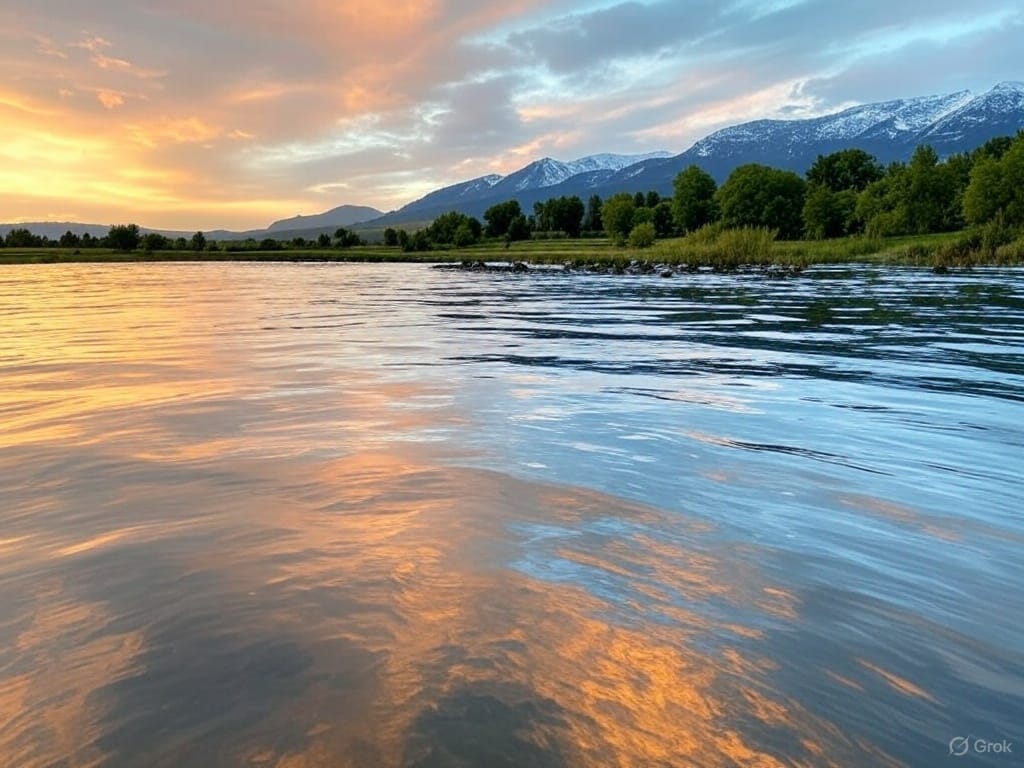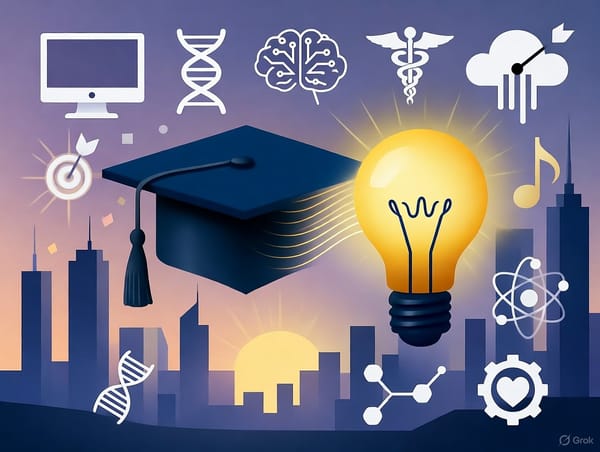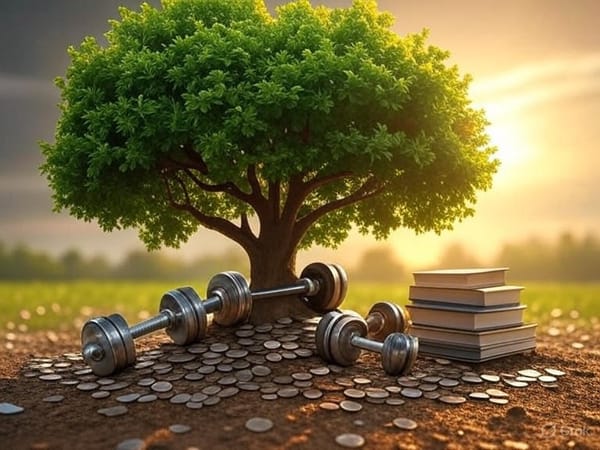The Water Cycle Unveiled
The water cycle, a timeless journey powered by the sun and gravity, sustains ecosystems by transforming and transporting water through evaporation, precipitation, and beyond—yet human actions can either disrupt or protect this vital system.

Water is the lifeblood of our planet, a restless traveler on an endless journey through sky, land, and sea. This journey, known as the water cycle, is an ancient, intricate system that sustains ecosystems, nourishes life, and shapes the world around us. From the moment a raindrop kisses the earth to the vapor rising from a sun-warmed ocean, the water cycle is a marvel of nature’s engineering. In this article, we’ll dive deep into its stages, explore how human actions influence it, and uncover simple ways you can protect your local water supply.
What Is the Water Cycle?
At its core, the water cycle—also called the hydrologic cycle—is the continuous movement of water between the Earth’s surface and the atmosphere. It’s a closed-loop system powered by the sun, gravity, and the physical properties of water itself. Unlike a man-made machine, it has no beginning or end; it’s a perpetual dance of transformation that’s been spinning for billions of years.
The water you drank this morning might have once been a droplet in a Jurassic swamp or a snowflake atop a medieval mountain. This timeless process keeps ecosystems alive, delivering water where it’s needed and recycling it for future use. Let’s break it down into its key stages to see how it all works.
Evaporation
The journey often begins with evaporation, the process where water transforms from a liquid into a gas. Picture a puddle on a sunny day or the vast expanse of the ocean under a blazing sky. Heat from the sun energizes water molecules, giving them the boost they need to break free from the surface and rise into the air as vapor.
Plants play a role here too, through a process called transpiration. As they soak up water from the soil, they release it as vapor through tiny pores in their leaves. Together, evaporation and transpiration—sometimes combined as “evapotranspiration”—send massive amounts of water into the atmosphere. In fact, oceans contribute about 86% of the world’s evaporation, while land and plants make up the rest. This invisible ascent sets the stage for what comes next.
Condensation
As water vapor rises, it encounters cooler air higher in the atmosphere. Here, the magic of condensation begins. The vapor slows down, loses energy, and clumps together to form tiny droplets or ice crystals. These minuscule particles band together, creating the clouds we see drifting across the sky.
Clouds are more than just fluffy decorations—they’re holding tanks for water in transit. Depending on temperature, humidity, and air currents, they can grow heavy with moisture or linger as wispy veils. This stage is where the water cycle starts to hint at its next act: delivering water back to the Earth.
Precipitation
When clouds can no longer hold their load, precipitation occurs. This is the moment water returns to the surface as rain, snow, hail, or sleet, depending on the conditions. Rainfall might soak into a forest floor, snow might blanket a mountain peak, or hail might scatter across a field—each form plays a vital role in replenishing the planet’s water supply.
Precipitation isn’t just a random event; it’s guided by weather patterns, geography, and seasonal shifts. For ecosystems, it’s a lifeline. Wetlands swell, rivers surge, and underground aquifers slowly refill. But not all water sticks around—some of it has more traveling to do.
The Hidden Stage
Beneath our feet lies a lesser-known chapter of the water cycle: groundwater flow. After infiltrating the soil, some water travels deeper into aquifers or moves slowly through subterranean channels. This hidden flow can take years, decades, or even centuries to complete its journey, eventually resurfacing in springs, wetlands, or as contributions to rivers and lakes.
Groundwater is a quiet hero, providing drinking water for billions of people and sustaining crops during dry spells. Yet, it’s often overlooked until it’s threatened—a reminder that every stage of the water cycle matters.
Human Influence
For all its resilience, the water cycle isn’t immune to human impact. Our actions can disrupt its rhythm, sometimes with far-reaching consequences. Urbanization, for example, covers soil with concrete, reducing infiltration and increasing runoff—leading to floods in some areas and droughts in others. Deforestation strips away plants that fuel transpiration, while pollution from agriculture and industry taints water as it moves through the cycle.
Climate change adds another layer of complexity. Rising temperatures boost evaporation rates, altering precipitation patterns. Some regions face heavier downpours and storms, while others endure prolonged dry spells. These shifts strain ecosystems and challenge our ability to manage water resources wisely.
But it’s not all doom and gloom—humans can also be stewards of the cycle. Reforestation, sustainable farming, and water conservation efforts help restore balance, proving that our influence can be a force for good.
Protecting Your Local Water Supply
The water cycle might be global, but its effects are local—and so are the solutions. You don’t need to be a scientist to make a difference. Here are some practical ways to safeguard your community’s water supply.
Reduce Pollution
Be mindful of what goes down the drain. Avoid pouring chemicals, oils, or fertilizers where they can seep into groundwater or runoff into rivers. Opt for eco-friendly products when possible.
Support Green Spaces
Plant trees or advocate for parks in your area. Vegetation boosts transpiration, filters water, and prevents erosion, all while keeping the local ecosystem healthy.
Learn About Your Watershed
Every drop of water belongs to a watershed—the area that drains into a specific river or lake. Understanding yours helps you see how your actions ripple outward.
The Endless Journey Continues
The water cycle is more than a scientific process—it’s a story of connection, resilience, and renewal. It ties the smallest puddle to the mightiest ocean, linking us all in a shared dependence on this precious resource. By understanding its stages and recognizing our role within it, we can protect it for generations to come.
So the next time you feel rain on your face or sip from a glass, take a moment to marvel at water’s journey. It’s been traveling longer than we can imagine, and with a little care, it’ll keep flowing far into the future.





